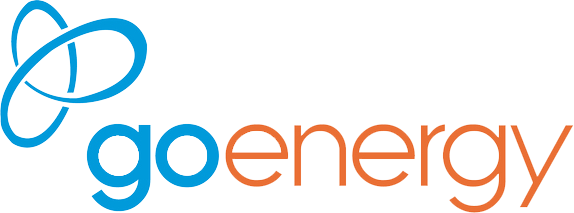
Photo by allanswart/iStock / Getty Images
Last September the Ontario government announced that the Industrial Conservation Initiative (ICI) program will expand to include over 1000 more Ontario businesses. The ICI program was designed for higher usage manufacturers. For high usage manufacturers, it is a way to lower their global adjustment (GA) cost. The GA has ballooned to over $12 Billion per year and represent between 40-60% of a typical electricity bill. When the program was first introduced in 2011 the minimum peak requirement was 5 MW. A few years ago, the minimum was reduced to 3 MW and last October, amid the rising GA cost and backlash from manufactures, the minimum threshold was lowered to 1 MW. For a manufacturing facility, a peak demand of 1 MW usually means their annual cost is over $1,000,000.
HOW DOES IT WORK?
The ICI program is based on the premise that Ontario must have enough electricity to meet demand at all times. If large consumers of power could be motivated to reduce usage during peak hours, that goal can be achieved. Higher cost generation from peaking plants can be reduced and the possibility of black outs or brown outs reduced.
A company on the class A rate will be charged (monthly) a percentage (Peak Demand Factor) of the total annual GA based solely on its usage during the 5 coincident peak hours (5CP) of the Ontario system demand from the previous year. In an ideal situation, the company would shut down completely during those 5 hours. Predicting the 5 peak hours however can be challenging. Usually the 5CP occur during the hottest days of the summer… but not always.
WHAT ARE THE BENEFITS?
Typical savings by switching from class B to class A is 20% of the overall bill.
There are three possible benefits: (1) A lower GA for the upcoming year based on the Peak Demand Ratio from the previous year (2) A lower Peak Demand Ratio for the following year and (3) reduced usage during peak hours in the current year.
The first benefit starts July 1st following the opt-in May/June. When the 5 coincident peak hours (5CP) are known, the facility’s Peak Demand Factor can be calculated. Once the hot days of summer are over, there is a high likelihood that the 5CP are established and the Peak Demand Factor can be determined. This is not always the case however. A peak demand hour can occur in the winter as it did in February 2015.
A simple calculation can be done comparing what GA a facility paid on class B and what GA they would have paid on class A. With this information in hand, a company can decide if they would like to switch from class B to class A. This does not have to be a permanent decision. A company can always decide to switch back to class B the following year (May/June), specifically if the Peak Demand Factor calculation does not work in their favour.
The benefits can be realized regardless of the electricity usage during the 5CP of the current year. In other words a plant can use electricity without proactively attempting reduce usage and still receive the same benefit.
The second potential benefit (and potentially a greater effect on the bottom line) occurs when a company proactively manages its electricity usage during possible Peak hours. If a facility can reduce its usage during the 5CP, its Peak Demand Factor for the following year will be much lower, and the company’s GA cost will be reduced the following year. The potential savings could be as much as $500,000 per MW. To realize this benefit requires planning and active management by multiple levels within the organization. Outside resources can provide education and tools to help predict possible peak hours and suggest further ways to reduce usage.
A third benefit naturally occurs simply by reducing electricity use. During peak hours, the price of electricity typically surges. It is not uncommon for the Hourly Ontario Energy Price (HOEP) to increase from $30/MWh to $3000/MWh. Avoiding these expensive hours can make a significant difference.
HOW TO ENROLL
To enroll into the program a company must contact their local power utility and switch to Class A. To qualify, the company must have a minimum peak load of 1 MW per hour. The next enrollment deadline is June 15. The class A billing period is annual from July 1 to June 30.
SUMMARY
A company switching to class A can see substantial cost reduction even if the plant does not actively reduce usage during peak hours.
Additional savings can be realized by actively managing electricity usage.
For companies planning to switch to class A, they must complete the enrollment paperwork. The forms are not available until June 1.
If you want to find out more about the ICI program, class A and the global adjustment contact your local utility representative. To learn more about how to lower your GA costs call your GOenergy contact.

